Table of Contents
Let’s face it—when it comes to home upgrades, window treatments aren’t usually the first thing people get excited about. But if you’ve ever come home to a scorching-hot living room or watched your energy bill spike in July, you know how important windows really are. And if you’ve been looking into smarter ways to keep your home comfortable and energy-efficient, you’ve probably stumbled across the idea of smart shades or automated window treatments.
Sure, they sound cool. And yes, they cost more upfront than traditional manual blinds. But do they actually pay off? Are smart shades worth it in the long run?
Short answer: absolutely—for the right home and lifestyle. Long answer? Let’s dig into what smart shades really are, how they work, and how they can actually help you save money over time.
What Are Smart Shades, Really?
Smart shades are essentially motorized window coverings that you can control remotely—using a smartphone app, voice assistant (like Alexa or Google Home), or even automated schedules. Some models also come with sunlight sensors or integrate with smart home systems like Apple HomeKit or SmartThings.
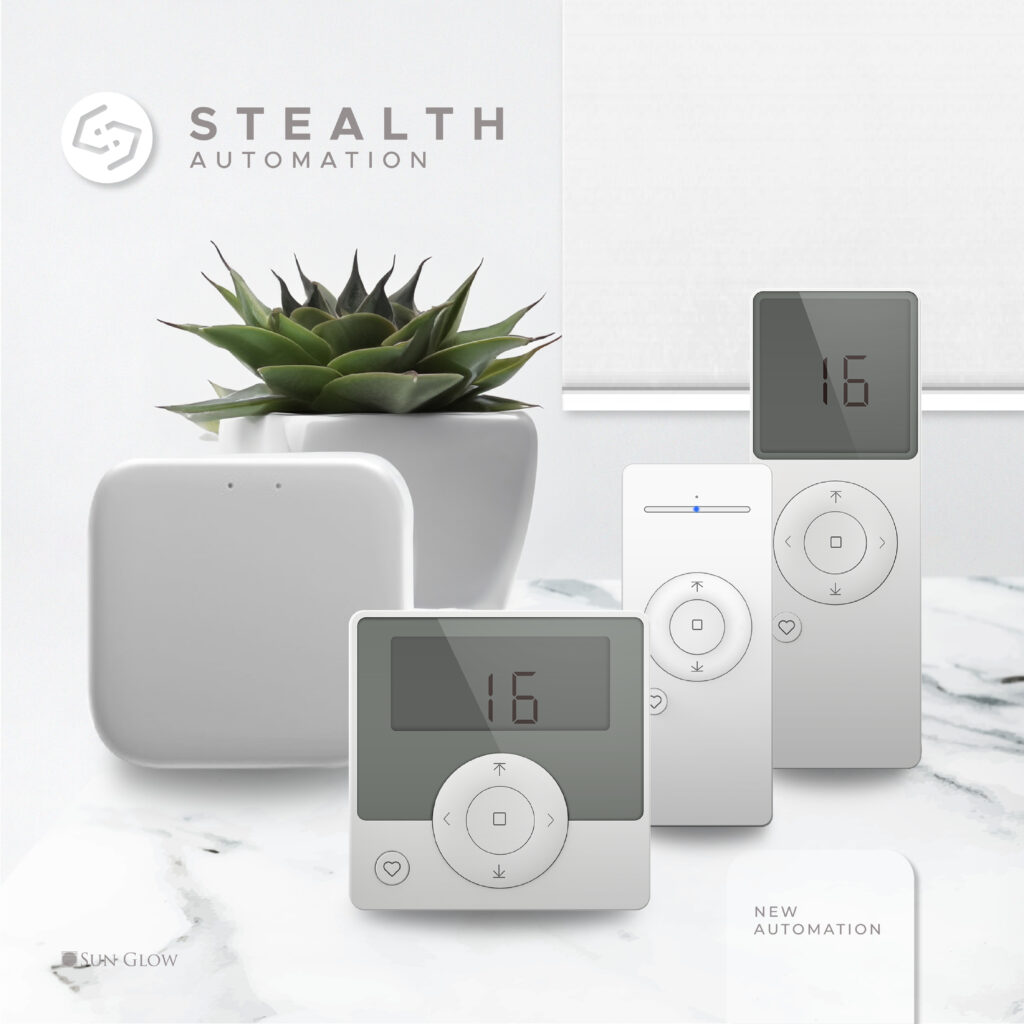
Instead of manually pulling a cord or twisting a wand, smart shades let you raise or lower your blinds with the tap of a button—or better yet, no buttons at all. You can:
-
- Set schedules for your shades to open and close based on the time of day
-
- Sync them with sunrise and sunset
-
- Use voice commands like “Alexa, lower the living room shades”
-
- Control them from your phone—even when you’re not home
In other words, they go beyond just looking modern. They’re designed to make your home more efficient, comfortable, and yes, a little more luxurious.
Upfront Cost vs. Long-Term Value
Let’s be real—manual shades are cheaper. A basic roller shade might cost a fraction of a motorized option. But when you consider the long-term savings and added functionality, automated window treatments start to look a lot more appealing.
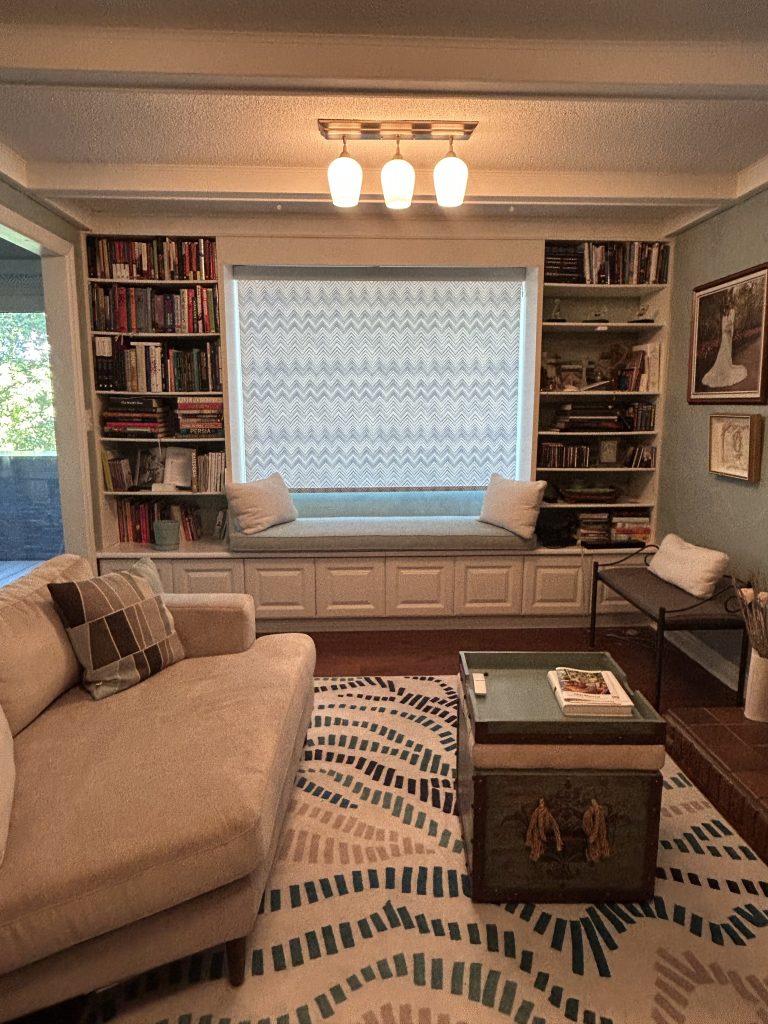
Here’s what you’re paying for:
-
- Convenience: Daily routines become automated. No more running around the house adjusting blinds.
-
- Energy Savings: Proper use of smart shades can reduce cooling costs by up to 30%, according to energy studies from Lutron and the U.S. Department of Energy.
-
- Increased Home Value: Smart home features are attractive to buyers. Think of it as a mini real estate upgrade.
When programmed properly, smart shades can lower during the hottest part of the day to block solar heat gain or open during the winter to let in free warmth. That alone can reduce the load on your HVAC system.
If you would like to know more about blocking heat in the hotter season, check out our blog post on The Best Window Treatments for Summer.
According to the Department of Energy, about 76% of sunlight entering through double-pane windows becomes heat. With the right shading strategy, you’re actively keeping that heat out—or letting it in when needed.
How Smart Shades Help You Save Energy
This is where it gets interesting. Smart shades aren’t just about being lazy (though they definitely help with that, too). They’re part of a smart energy management system.
Looking for a more fabric-specific solution that doesn’t require automation? Our article Cellular Shades Made Simple: A Smart Choice for Any Space offers a breakdown of energy-efficient fabrics and room-by-room benefits.
1. Automated Scheduling
Set your shades to automatically lower during peak sun hours. For example, south-facing windows can let in a ton of heat between 1–4 p.m. Scheduling them to close before that time prevents heat buildup.

2. Light Harvesting
Some smart systems integrate with lighting to balance natural and artificial light. When there’s enough sunlight, your shades stay open and your lights stay off—automatically.

3. Zoned Control
Have a west-facing office that turns into a sauna at 3 p.m.? Program just those shades to close while keeping the rest of your house bright. That’s a level of precision manual shades just can’t match.
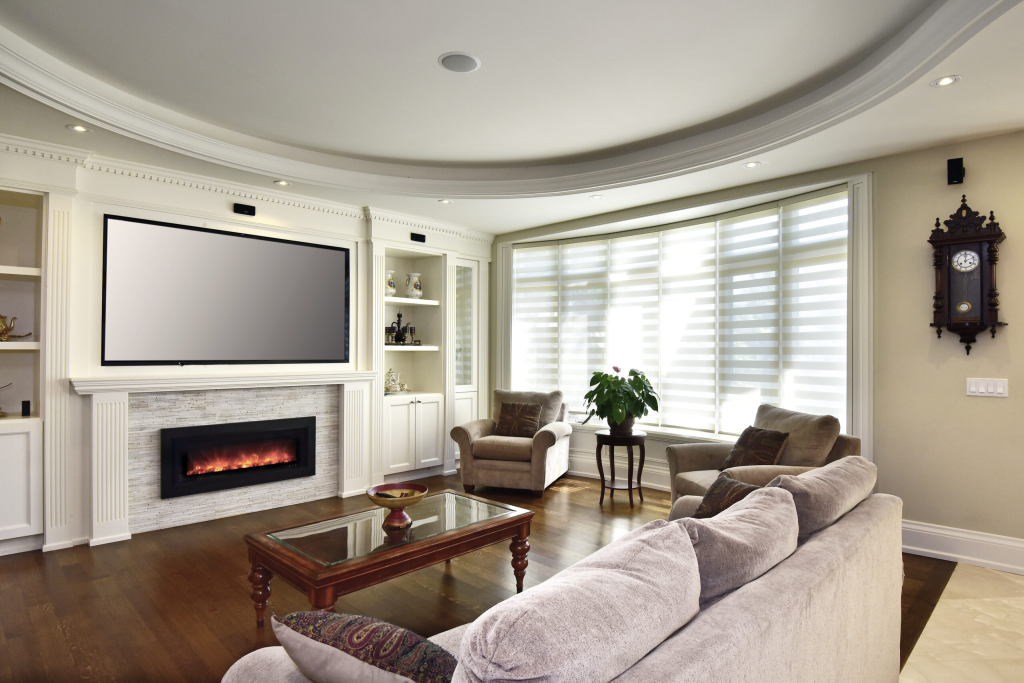
4. Climate-Responsive Behavior
Some higher-end smart shades use sunlight and temperature sensors to adapt in real time. If it gets too hot, the shades automatically lower. If the day turns cloudy, they open up again to maximize natural light and heat.

The Tech Behind the Shades
Wondering how these things actually work?
Most smart shades are powered by quiet electric motors—either hardwired or battery-operated. Many brands now offer rechargeable battery tubes with USB charging, making them eco-friendlier and easier to maintain than older systems.
And for those who hate ugly cords? You’ll love the minimalist, cordless design.
They connect via Wi-Fi, Bluetooth, or Zigbee/Z-Wave depending on your setup. At Sun Glow, we offer trusted motorization systems through Stealth Automation and Somfy, both known for reliability and smart home integration.
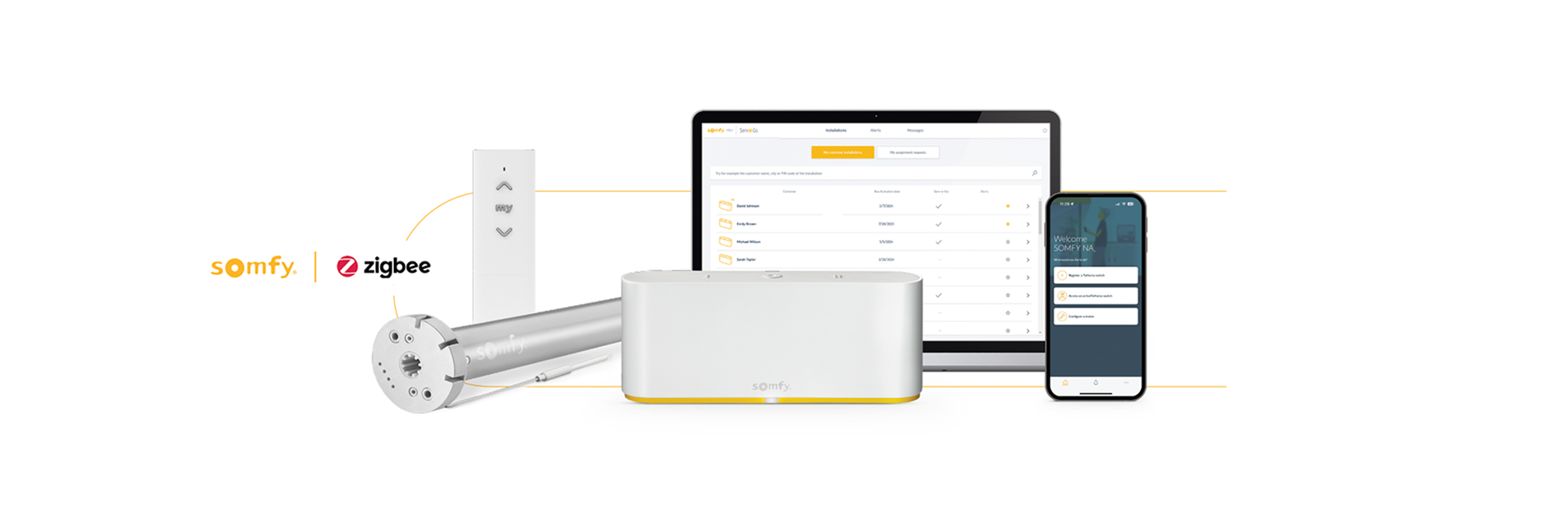
Real-Life Scenarios Where Smart Shades Shine
-
- Vacation Mode: Heading out of town? Set your shades to open and close daily while you’re gone—it simulates someone being home.
-
- Work-from-Home Office: Reduce glare on your screen and prevent overheating in your office by scheduling your shades to lower at noon.
-
- Bedroom Comfort: Schedule shades to rise with the sunrise for a gentle wake-up or lower them in the afternoon to keep your space cool before bedtime.
-
- Multi-Story Homes: Got skylights or tall windows? Motorized shades are often the only practical option.
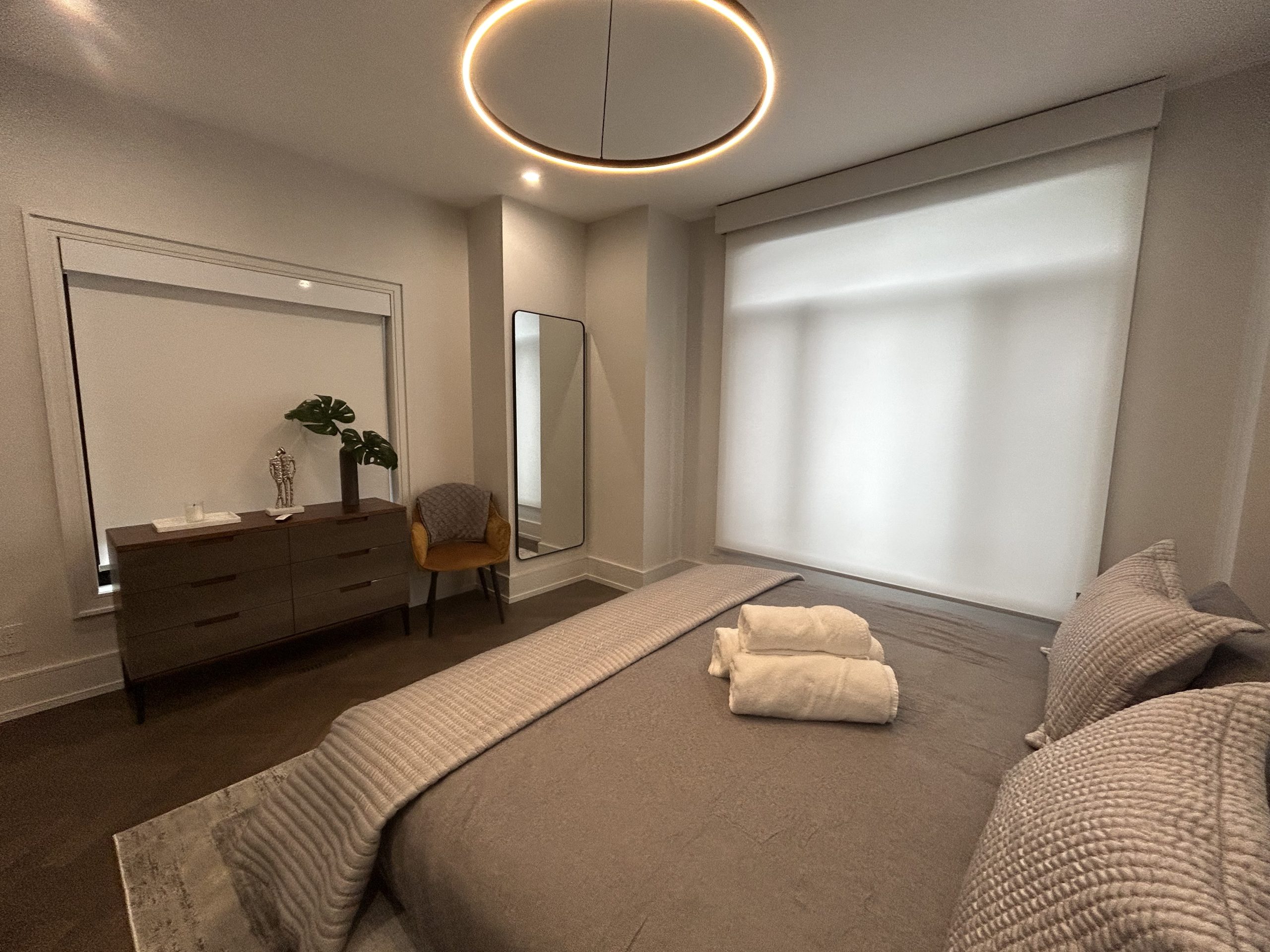
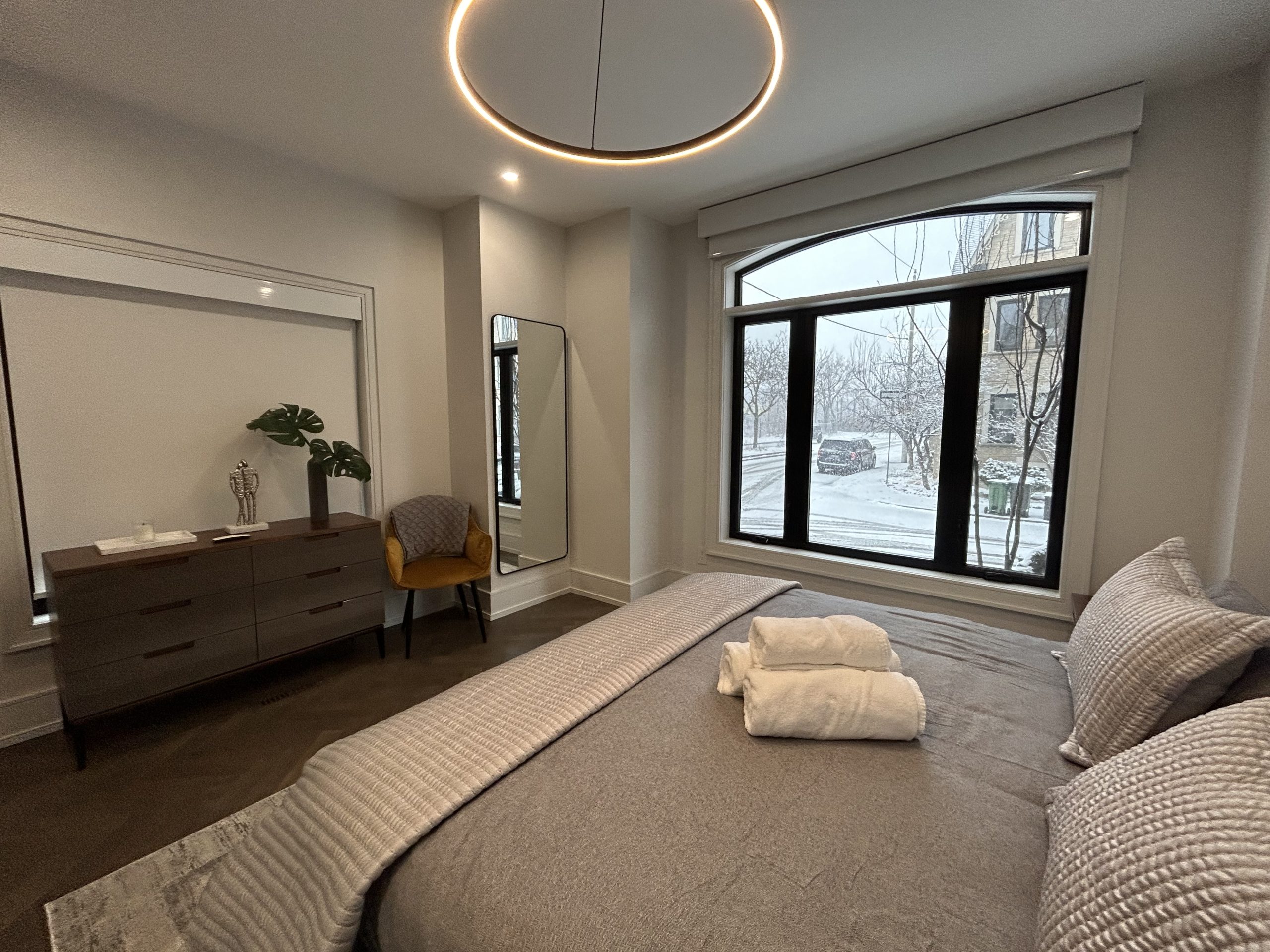
Are They Worth It For Renters?
Even if you’re renting, smart shades can still be an option. While most systems do require some installation, there are renter-conscious options available—like battery-operated shades with minimal mounting hardware.
Some models use removable adhesive brackets or tension-fit designs, making them less invasive and easier to uninstall when it’s time to move. Just be sure to check with your landlord first, and opt for systems designed with flexibility and portability in mind.
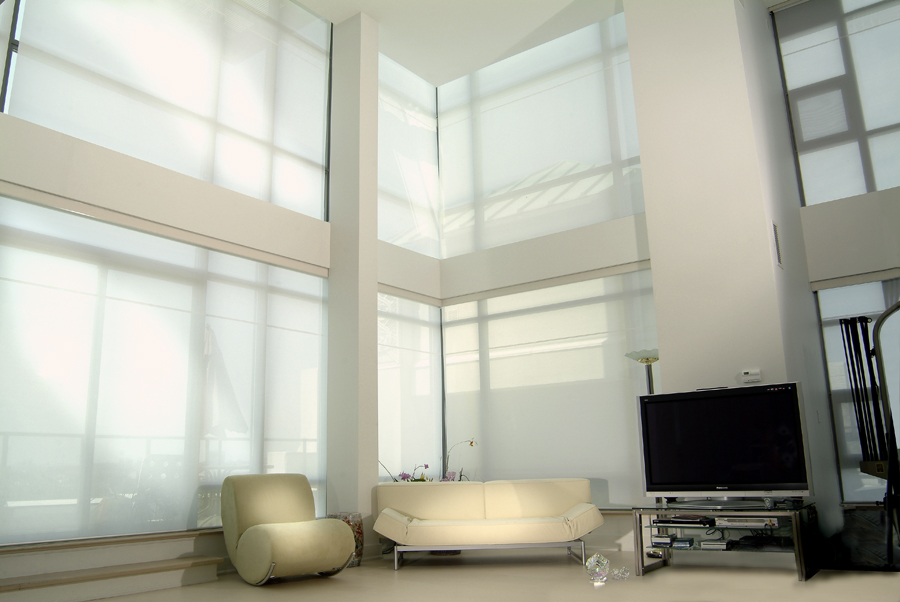
Integration with Your Smart Home System
One of the biggest advantages of smart shades is how seamlessly they fit into your existing smart home setup. Whether you’re using a system like Alexa, Google Home, or a more advanced platform, motorized shades can be programmed to work in sync with:
-
- Smart thermostats — Shades lower automatically when your HVAC system starts cooling, reducing workload.
-
- Lighting systems — Pair your shades with smart bulbs to create scenes, like dimmed lights and lowered shades for movie night.
-
- Home security — Schedule shades to rise in the morning and close at dusk while you’re away, simulating occupancy.
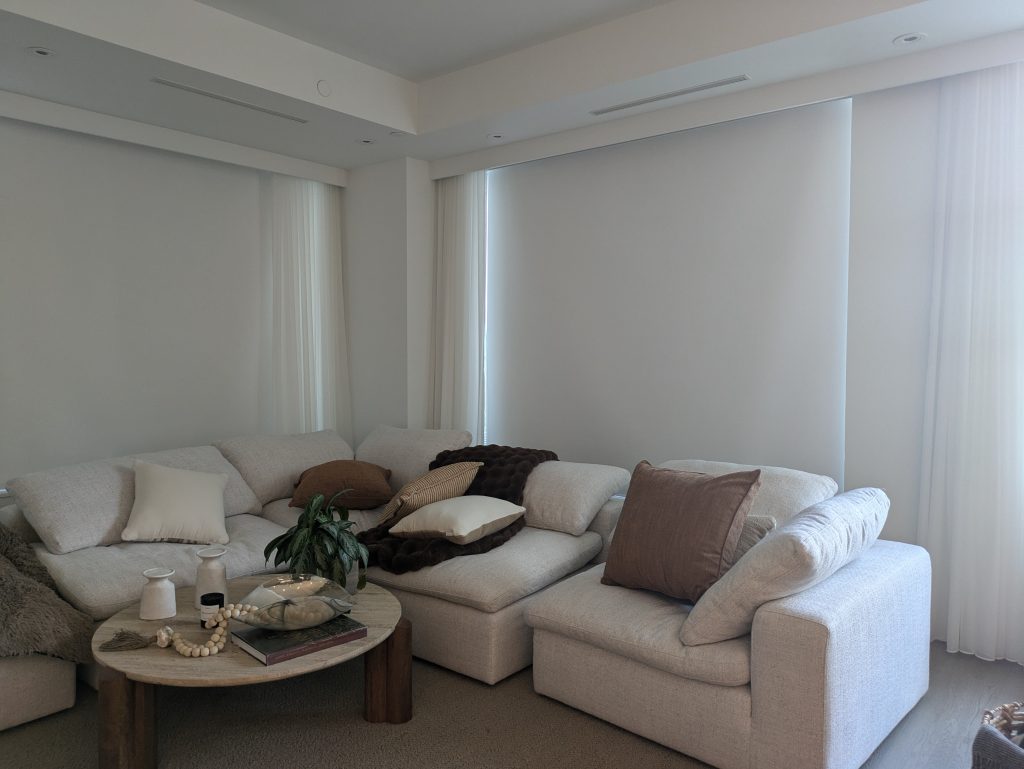
This integration not only enhances energy efficiency but makes daily living smoother and more intuitive.
Smart Shade Upgrades: What to Look for in Your First System
If you’re new to smart shades, the number of options can be overwhelming. Here’s what to consider:
-
- Power Source: Hardwired systems are great for new builds or renos, but battery-operated or solar-powered options are perfect for retrofits.
-
- Control Method: Look for systems that support both app control and voice commands. Remote controls can also be handy for guests or non-tech users.
-
- Scheduling & Sensors: Make sure your shades offer programmable schedules and optional light or temperature sensors for hands-off energy management.
-
- Integration: Check compatibility with your smart home ecosystem—especially if you already use Alexa, Google, or Apple devices.
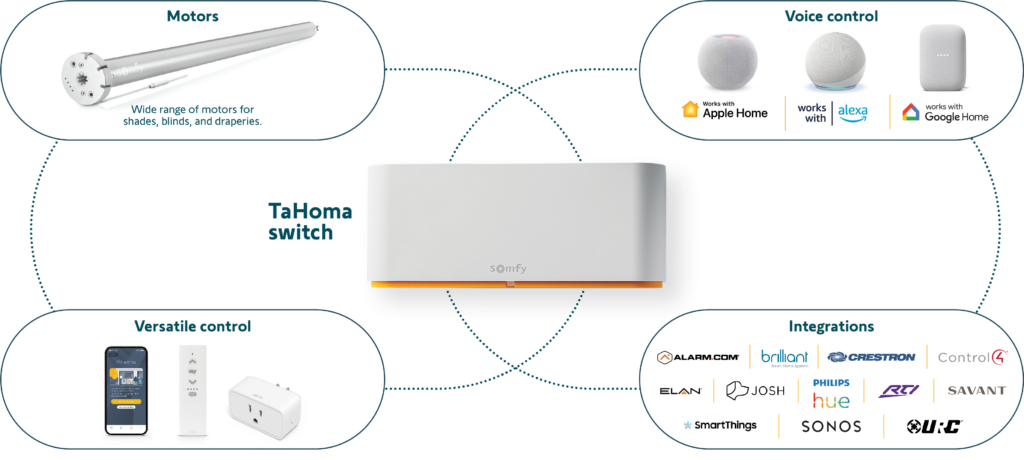
Starting with these core features will set you up for convenience and savings right out of the box.
Final Thoughts: Are Smart Shades Worth It?
If you care about energy savings, automation, and comfort, then yes—smart shades are a smart investment. Over time, the reduction in heating and cooling bills combined with the day-to-day convenience makes them well worth the cost.
And if you already have a smart thermostat, smart lighting, or a connected home assistant, automated shades are the missing piece of your energy-efficient puzzle.




